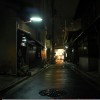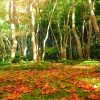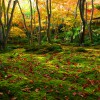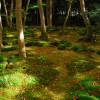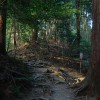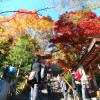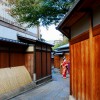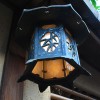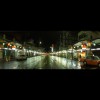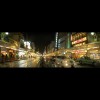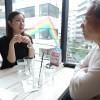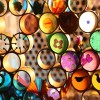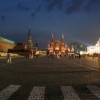Date of Issue:November 07, 2019
・Activity 1/City Night Walk in Singapore (2019/07/19)
・Activity 2/Children Workshop(2019.09.21)
・Activity 3/City Night Walk in Kyoto(2019.09.26)
Singapore Night Walk No.4: Traveleisure – Jewel Changi at Dawn
2019/07/19 Sunyoung Hwang+Mayumi Banno+Sherri Goh+Niken Wulandari Sutanto
Night walk in the month of July to talk about lighting at Jewel Changi Airport, a massive new retail and lifestyle complex in Singapore!
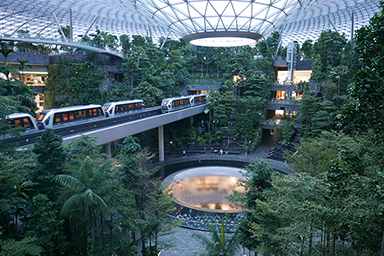
Strategically located in the heart of Singapore Changi Airport, Jewel Changi Airport is a world-class multi-dimensional lifestyle destination that comprises a myriad range of offering including gardens and attractions, retail and dining offerings, a hotel and facilities for airport operations. The balance of daylight and the use of light fixtures is well thought throughout the complex, and in the evening, expressions of light are still gradually changing as time slips by, for a full 24-hours of pre-set lighting operations.
This time lighting detectives visited Jewel during off-peak hours to experience lighting transition until sunrises. Our early riser detective members of around 20 people were gathered at Jewel at 5:30AM and had a walk from forest valley to basement, retail areas, gateway gardens and to L5d attractions when almost no one is around. We were lucky enough to get free, exclusive access to some of the attractions in L5d. The entrance gates were open specially for lighting detective members on this day. (Yey!)
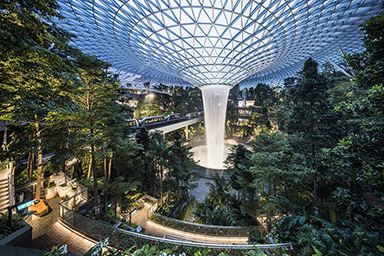
Backgrounds of our participants were diverse. About 20% of people were coming from lighting / Design industry and the rest were from non- design industry.
Pre-requisite to join this night walk was to first experience the Jewel lighting show during evening peak hours (7:30pm – 12:30am). Usually, during the show time, as you can imagine, entire forest valley is filled with people and the space is full of colours of lights and special effects. We hoped to share different face of jewel during off-peak hours with participants and discuss further on how a place like Jewel should be lighted up differently in 24-hour cycle.

Since few of our lighting detectives’ members worked on the architectural lighting of Jewel project, interesting history of the project and brief information were shared. With the understanding of basic lighting concept of the project, lighting detectives walked the site to look for hero and villains of lighting.
After the walk of about 1.5 hours to different parts of Jewel, we gathered down to discuss what we have witnessed and found out today in terms of lighting. By the time we set down, it was already morning.
Using facebook event page, participants uploaded their own heroes and villains and shared their insights with others. As can be seen from some hero pictures on the right, many participants appreciated natural lighting that comes to Jewel through the glass dome. The amount of artificial lights are minimised few hours before the sunrise to bring more nature into the building by allowing darkness, which is what we are supposed to have at night. Some of the popular hero picks were landscape lighting at L5d, mirror maze lighting and also very dim forest valley lights during early morning time. It could not be well captured in the picture but fibre optic lighting that speaks louder when all the forest valley lighting were dimmed (to almost completely off) was enjoyed by the participants.
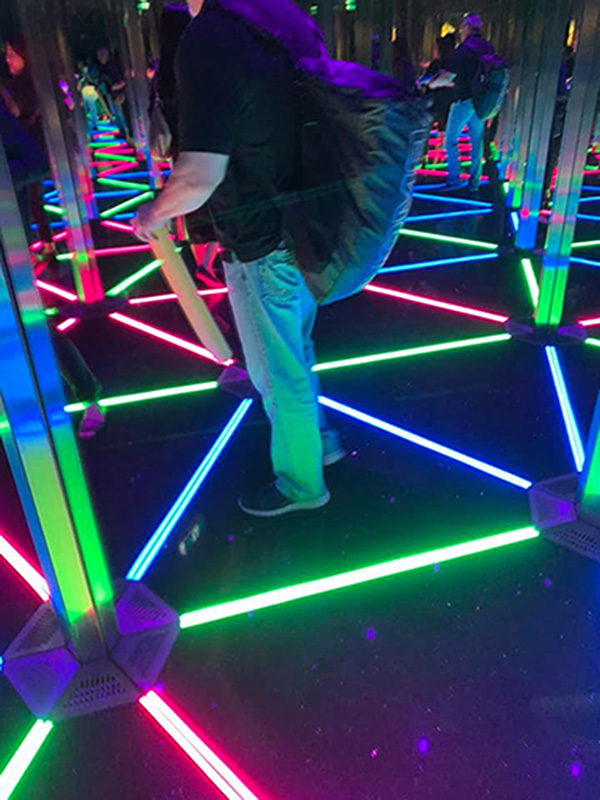
Popular picks of villains were signages and media wall. These seem to interrupt the peaceful morning time scene of nature. Another frequent pick was the suspended spotlight at East Gateway Garden. The tilting angle seemed glary at certain view points.
We also discussed on how lighting should be operated for a place like Jewel. We threw a question whether the lights for forest valley area should be kept colourful and bright since there could be a travellers transiting only for few hours during off peak hours. Majority of us thought that lighting should be more silenced during late night hours to keep the serenity of the space. It was tough for all of us to wake up so early but it was one interesting and refreshing experience for all. (Sunyoung Hwang)
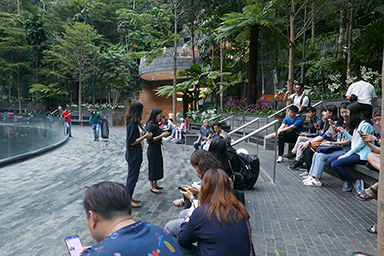
Discussion time at Forest Valley
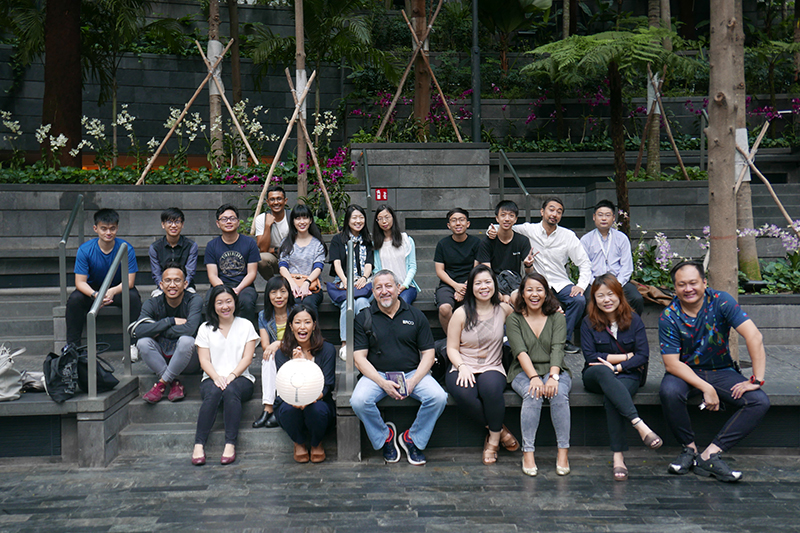
Final Group Picture
Children Workshop
‘Let’s make vegetable themed lanterns!’
2019.09.21 Erina Hosono

Group photo with the finished lanterns
Our lantern festival ‘Let’s make vegetable themed lanterns!’ was held as a kid’s workshop on September 21st in Nerima Sakujiikoen Furusato Museum.
This event had 52 children as participants, centered on those who are in their first and second year of elementary school, becoming our largest event to date. Including the staff and the parents/guardians of the children, it was a huge gathering of over a 100 people. The participants made vegetable themed lanterns and listened to the “Fire and Light lecture”.
Did you know that Nerima’s urban agriculture is flourishing and has representative agricultural products such as daikon radish and green onions? The museum staff wanted to teach the kids about Nerima’s agricultural success through our lantern crafting session. Therefore, we prepared daikon radish, green onion, spikenard, corn, tomato, persimmon, and cabbage (all of which are Nermia specialties) themed crafting paper.
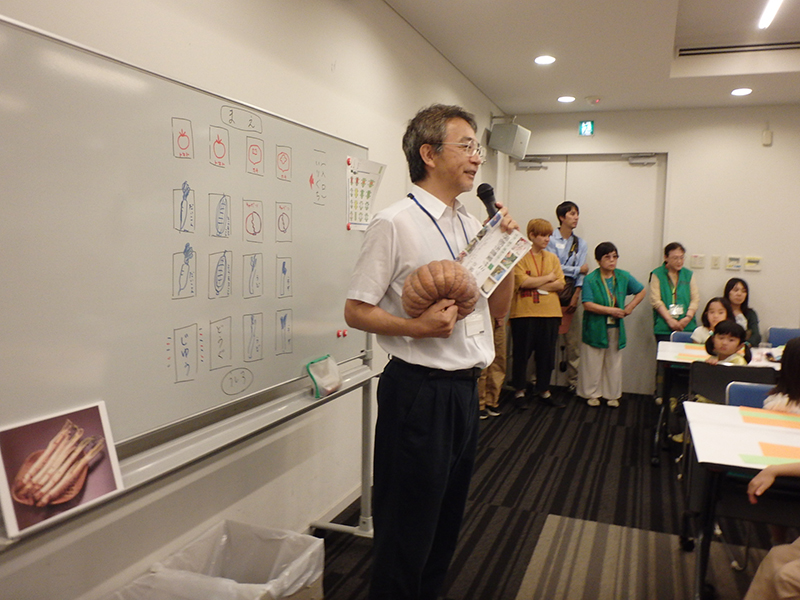
Day of, the children pick a vegetable of their choice after signing up and spend around an hour crafting the lantern. At the orientation, we demonstrated the different styles of lanterns by turning off the lights and lighting the candle within the lanterns. The children all exclaimed ‘wow!’, ‘Kawaii!’, when they saw the lanterns they would be making, expressing their excitement but also warming the hearts of all the adults at the event at the same time with their cuteness.
The kids facial expressions turned serious and focused once they started constructing their own lanterns. The groups working on the easier tomato, persimmon, and cabbage lanterns using scissors started on their 2nd or 3rd lanterns while the children working on the daikon radish or green onion were more careful, as it was the first using a box cutter for many of them. It seems many kids struggled with the difficulty of using a box cutter and their fear of sharper objects. The spikenard lantern required especially difficult cutter use, even for adults. But all the kids were able to finish their projects in time and without injury. Some even decorated their vegetables with the provided colored tape, creating their own unique colorful vegetable lanterns. It could be seen from their smiles that all of them were very proud of their work.
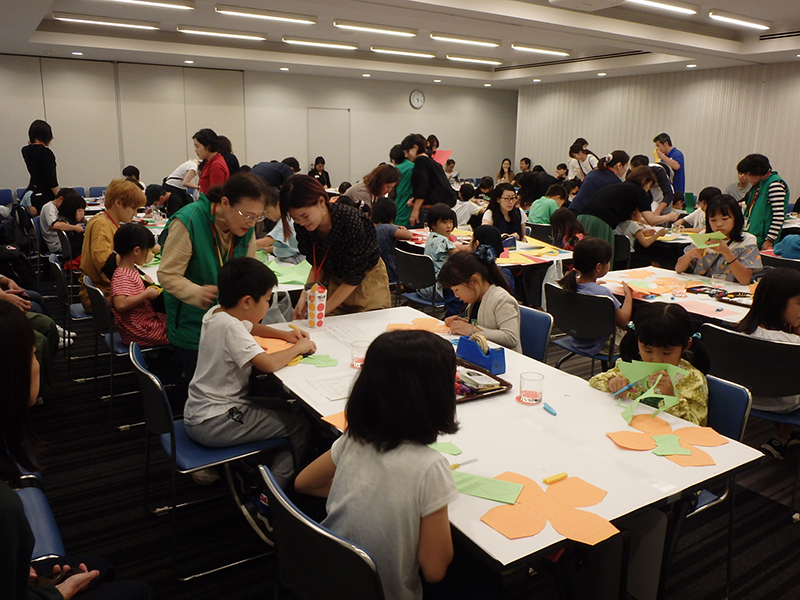
After that, everyone lit their own lantern and walked over to the cottage (Outside Old Uchida Family’s House) nearby for a photo. When the lanterns were lit, there were cheers all around, and it was especially satisfying to see the children so focused on the warm light emitted from their lantern. After the photo, the children gathered around the hearth inside the cottage to listen to our leader Mende-san and Curator Kobayashi’s ‘Lecture on Fire and Light’.
The lecture was about the importance of the hearth in times when there was no electricity. As the main source of heat, but also where the family gathers for dinner and gatherings, fire had many roles to play in daily life. We also experienced how bright the fire was without our electric lights on, and how the fire was started in the hearth. The children were especially focused on the lecture, perhaps because of the darker and warmer space where this lecture was held.
This workshop hopefully was able to act as an opportunity for the participants to experience the fun of making something light-up or the unexpected warmth of that light, which they perhaps did not appreciate before. (Erina Hosono)
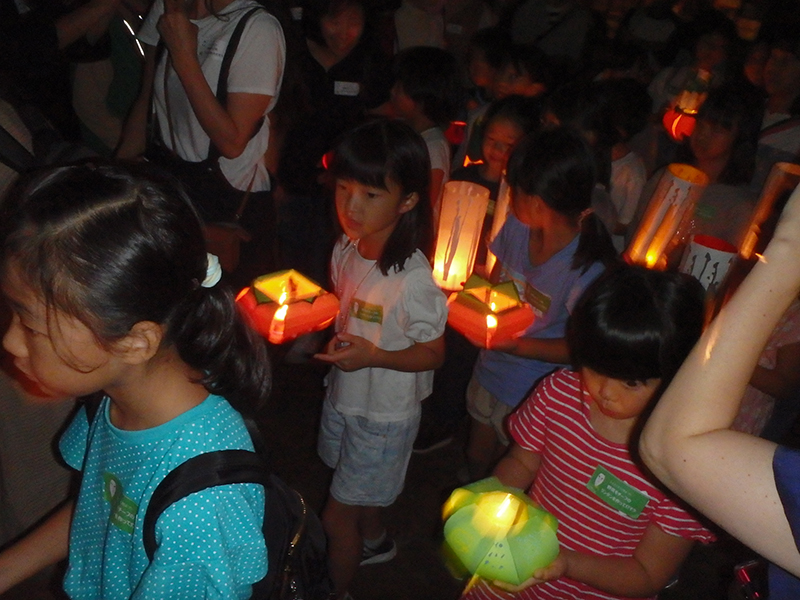
Holding their lanterns, walking to the cottage

Kids listening attentively to the curator and our leader while sitting around the hearth
City Night Walk in Kyoto
2019.09.26 Mutsuro Honma+Yumi Komatsu + Taiichiro Ishida+ Amane Kotani
Our first investigation in Kansai in 4 years occurred in Kyoto. We investigated whether Kyoto, where there are many tourists all year round, is retaining its ‘Kyoto-ness’.
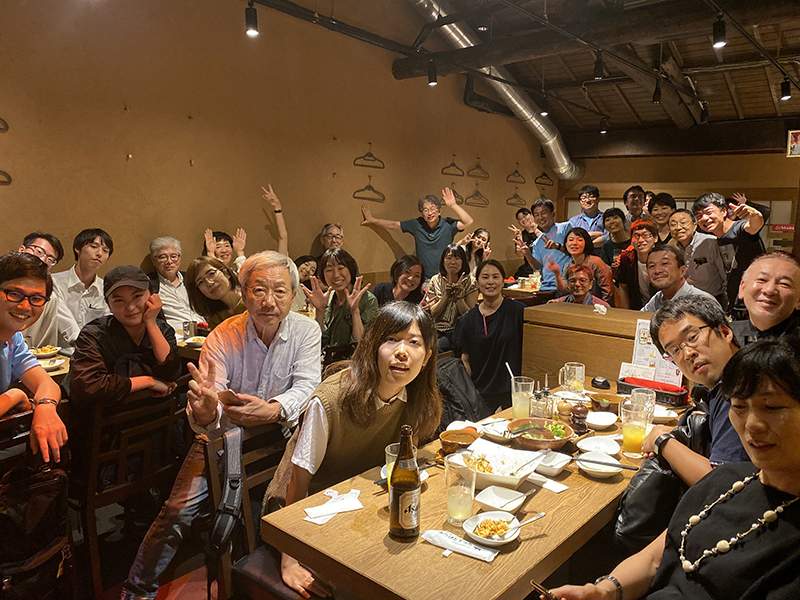
The scene at our gathering after the stroll. Many first time participants in the strolls also participated here. Endless conversation filled the space.
Main Objectives of Stroll about Town Kyoto
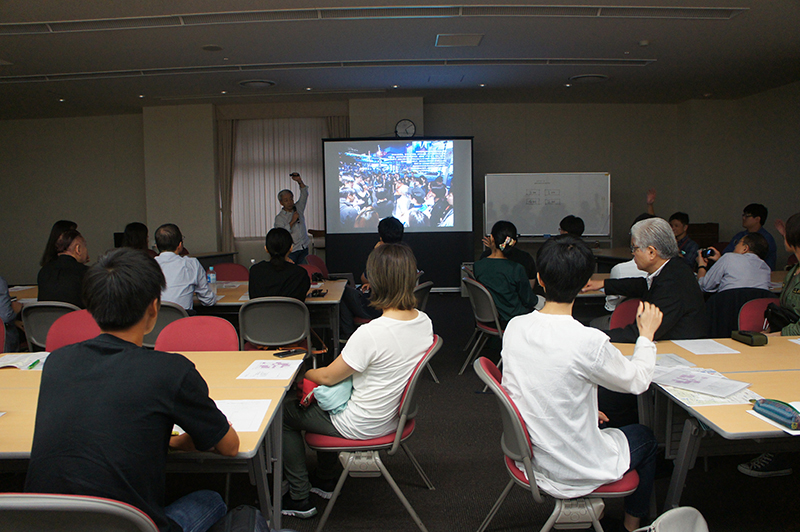 Orientation
Orientation
It has been a year since I started living in Kyoto, but I still encounter charms of the place that I have not before. Its attractions are unique and various, and discovering them seems as if I’m drawing out even more of the beauty of the more I explore.
Our investigation of Kyoto has been long awaited. ‘Kyoto is a city that is dear to all of us’ as Leader Mende-san’s introduced at the start of our event. I was very interested in how everyone would feel about Kyoto and excited to see what new attractions in Kyoto everyone would find.
We explored Kyoto in 4 groups, each responsible for a Tourist attraction. Let us dive right into what we found!
Group 1: Kiyamachi→Ponto-chou→Kamogawa
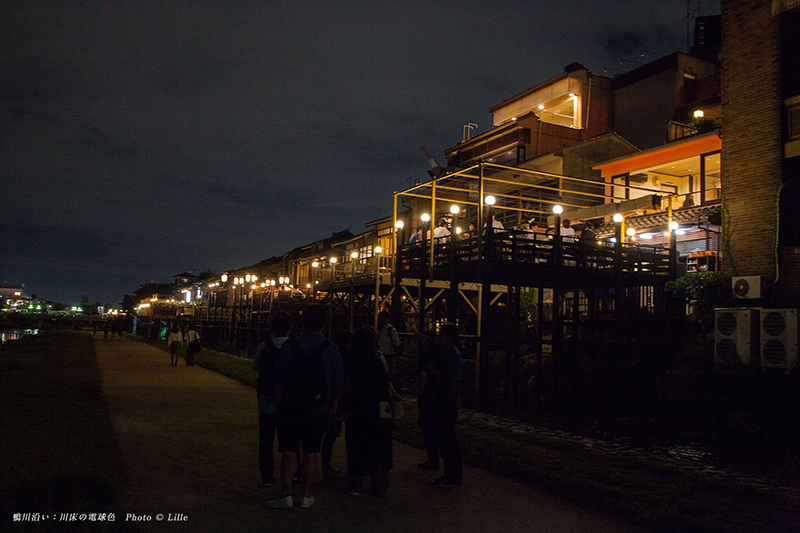 The lights on the floor that ‘Lights the dark’ continues all the way to Minamiza
The lights on the floor that ‘Lights the dark’ continues all the way to Minamiza
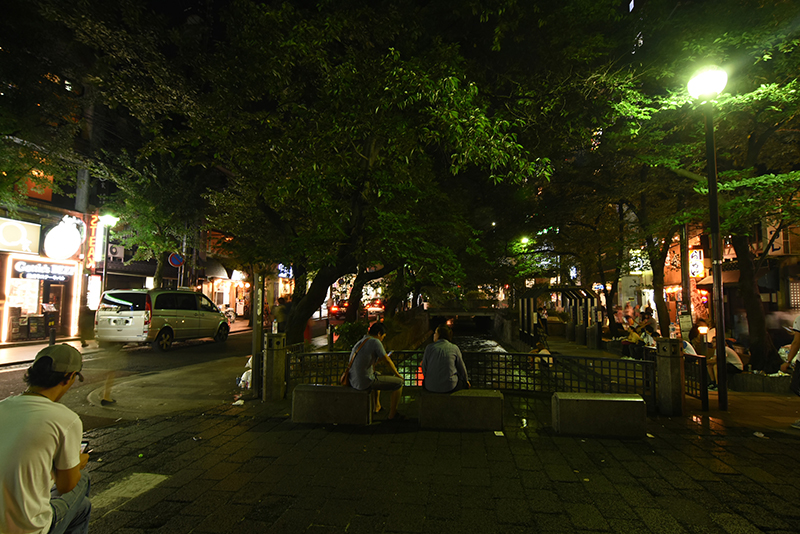 Kiyamachi Street that runs along Takasu River that is supposed to be expressive
Kiyamachi Street that runs along Takasu River that is supposed to be expressive
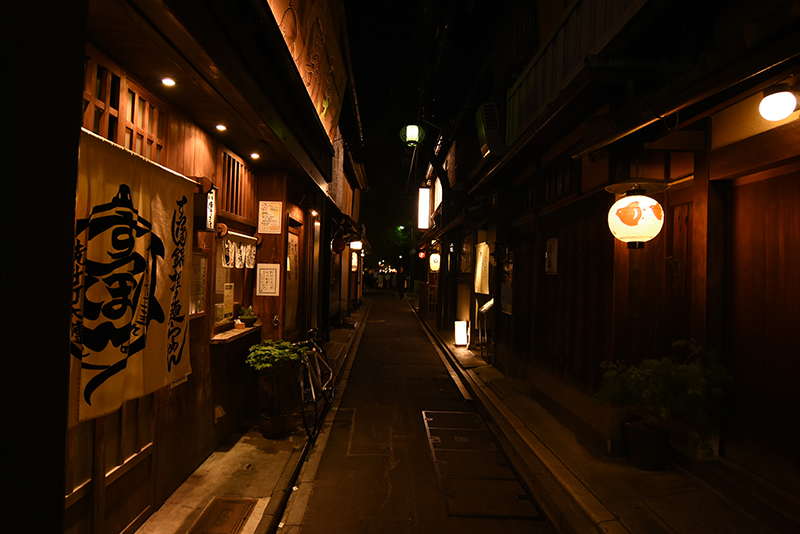 The calm and soothing lighting in Pontochou
The calm and soothing lighting in Pontochou
Group 1 was in charge of Kiyamachi, Ponto-chou, and Kamogawa. Their route was for them to head south along Kamogawa, North through Ponto-chou, and south again through Kiyamachi.
■Kamogawa
The Riverbank of Kamogawa is enveloped in a nice darkness. The existence of Kamogawa itself is a Hero, but it perhaps is even more of a hero because of this darkness. But even a hero like Kamogawa has its faults.
The Riverbeds nice warm lights continue all the way to Minamiza, creating a soothing mood. However, this chain of lights is disturbed by the bright white lanterns on the deck. It absolutely demolishes the atmosphere. With comments like ‘It seems like a Buddhist altar’ and ‘It seems like something from beyond the grave’, we all had wishes for them to fix this crime while we walked out to Shijoudoori.
■Ponto-chou
Night at Ponto-chou is one of the symbolic busiest locations in Kyoto. There are many foreign tourists, and it is one of the locations you can feel confused on where you are while being in Japan.
The hero of Ponto-chou is balance. The lights of the stores are not too bright and punchy, but are subtle. The lights on both sides of alleys balance each other out, instead of trying to one up each other to catch your attention.
Apparently Ponto-chou has a system where if you are renovating your store, you have to ask for advice of your neighbors. We can see some admirable self-restrictions and sacrifices in the name for a better town built into the foundation of Ponto-chou.
■Kiyamachi
At the start of spring, the cherry blossom trees along Takasugawa are lit up and create a glossy colorful scene along the street.
However, when the cherry blossoms are not in bloom, the lights along Takasugawa and Kiyamachi are wrecking the mood of the location, as if it were ‘that one person that doesn’t get the message’. Furthermore, the spotlights that light Takasugawa for people looking at it from the counter seats of the restaurants create a hideous glare that stretches all the way to Kiyamachi. This isn’t an issue of a whether a scene looks great, but even more of a problem. While this is the case, if you continue down Kiyamachi doori, vermilion colored columns appear and you come to see that the scene changes to something wonderful.
If you just take the words ‘Restricted by rules/regulation’, I would react with ‘WHAT A BORING THING TO DO’. However, it seems as if the areas we explored were able to thrive and provide a great lighting environment because of their restrictions. Human-kind has experienced many sudden changes that result in a change in their culture, but perhaps we should do our best to protect and maintain what is passed down. This area really exemplifies that. (Mutsuro Honma)
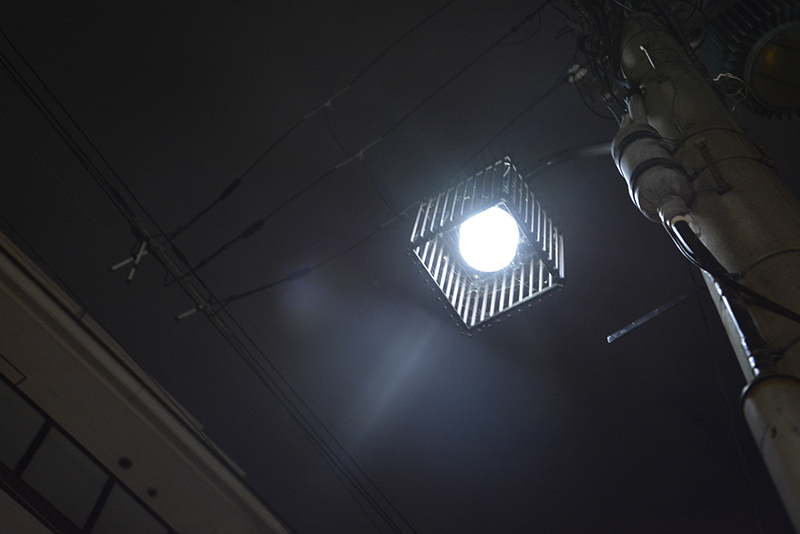 Bright streetlight, unexpected wall spot light
Bright streetlight, unexpected wall spot light
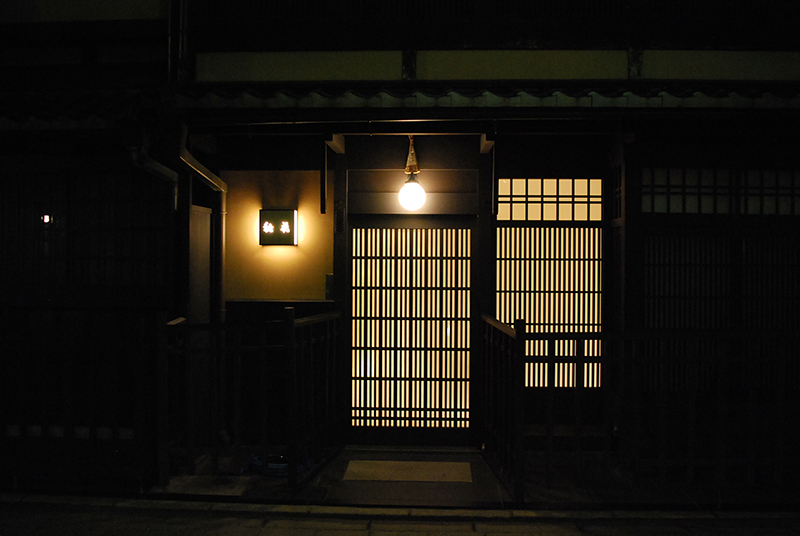 Kobijutsu Street, Light spill from Shoji and Door light
Kobijutsu Street, Light spill from Shoji and Door light
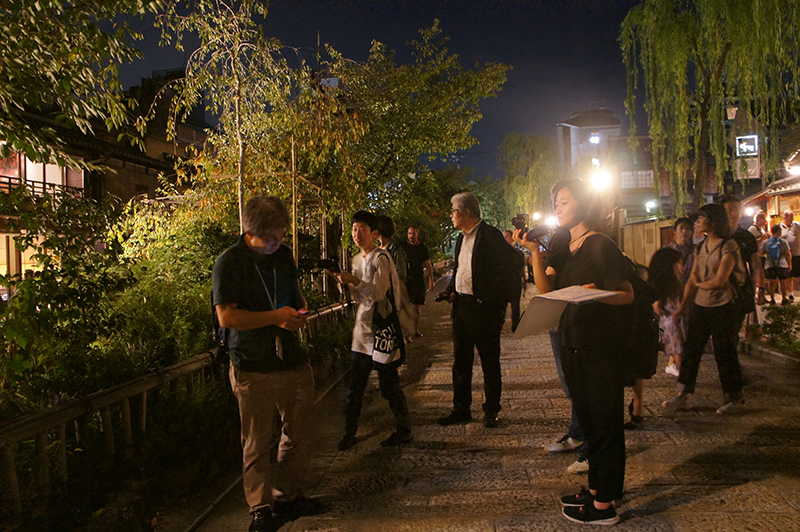 Team exploring while taking photos and taking brightness measurements
Team exploring while taking photos and taking brightness measurements
Group 2: Shirakawa Riverbanks・North Gion Area
We explored the Shirakawa riverbanks’ residential area, Gion Shimbashi where the traditional scene of town is retained, some multi-tenant buildings in the red-light district, and Komon-mae street, where there are one of the best collections of antique artworks even within Kyoto.
■Komon-mae Street
As we walked, our eyes were immediately caught by the sharp white light that is emitted by the streetlights. It became the villain as we quickly identified that it did not fit within the historical and traditional theme of Gion.
The Antiques Street was dark and quiet, but the warm light that spills from the shoji screens and the lights above their doors, give us a glimpse of these buildings with their history and the lives of those people who live within them. It was extremely disappointing that the streetlights ruin the atmosphere with sporadically with their bright white lights.
■Residential Area along Shirakawa River
This area had a soothing atmosphere during daytime, with the greenery and soft sounds of the river that can be experienced along the walkway. However, this completely changes at night, where the streetlights light the area somewhat lonelily. If there were lights that were warmer at a lower height, it would very likely create a more soothing and safe atmosphere.
■Gion Shimbashi
Dedicated as an important architectural cultural heritage, Shimbashi-doori can be seen with traditional townhouses with soft light seeping from the lattice doors that mesh particularly well with the soft spill of lights through the blinds from the second floors. This in combination with the warm lights from the lanterns create a nostalgic space that entices us. The comforting darkness and balance of light resulted us naming the whole passage as the hero.
On the other hand, some shops nearby had spotlights shined on their walls unexpectedly, which everyone seemed disappointed in. But on the other side of the same building, there was the silhouette of an item on display shown through a shoji screen with soft light, recreating the mood of an atmosphere of an old city at night. It was surprising to see a hero and villain of light living together on the same building.
Furthermore, there were shops that lit up the cherry blossom trees along Shirakawa River in an attempt to make the view from their location better. However, these lights result in extremely bright glares, showing a lack of care for their surroundings, which we deemed villain worthy.
■Kanrakugai (Red Light District)
We lastly walked around the red light district in the area, which had shops in traditional townhouses but with color lights and neon signs reminiscent of the Showa-era. You could say that this view with neon lights and a calm, old Japanese town look can only be experienced here in Kyoto or Gion.
This time, we explored many historical passageways, but the excellent and balance lighting treatment that Shimbashi receives in comparison to the other areas around is shocking. We thought it probably is a good idea to now expand their care to the lighting environment to the larger area around it. (Yumi Komatsu)
Group 3 Yasaka Shrine → Kawaramachi
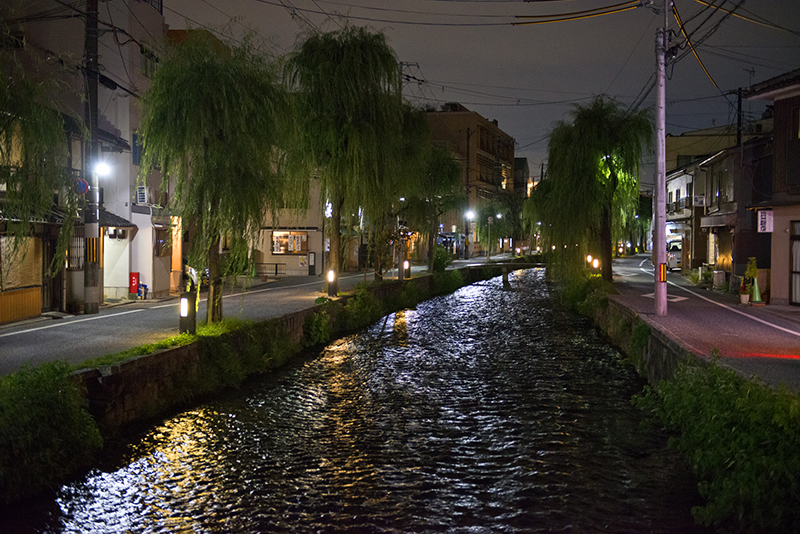 The lantern styled white bollards that run along the river, the villains are the white streetlights
The lantern styled white bollards that run along the river, the villains are the white streetlights
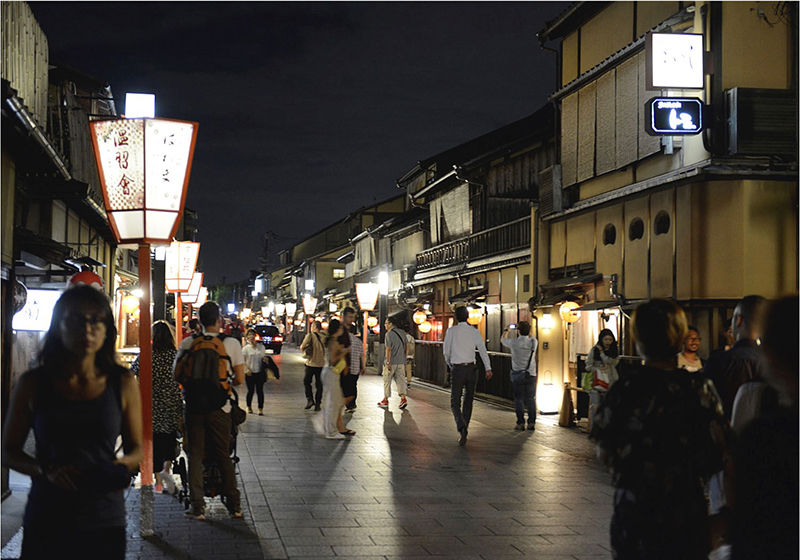 Bonbori lights that leave a slightly mismatched impression
Bonbori lights that leave a slightly mismatched impression
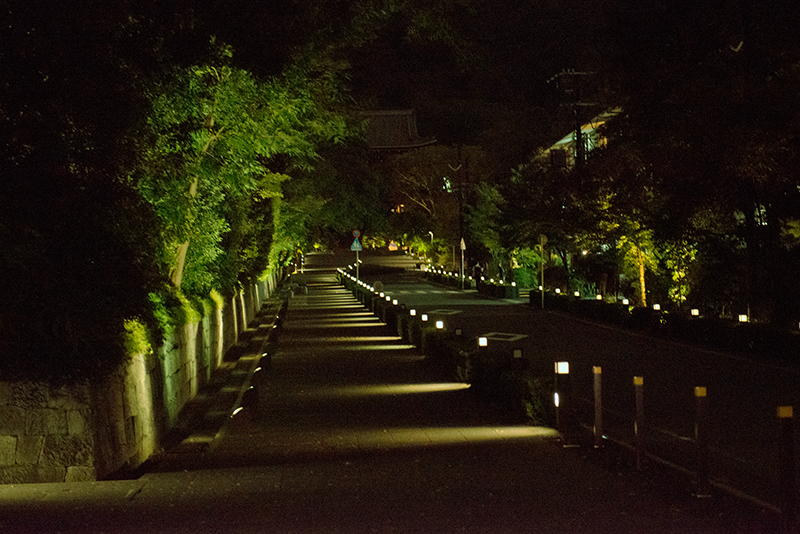 There are no lights that light up the street, but there is a rhythmical contrast between light and shadow
There are no lights that light up the street, but there is a rhythmical contrast between light and shadow
■Okazaki・Gion・Around Chion-in
Group 3 was in charge of the area from Yasaka Shrine to Kawaramachi. First, we explored the riverbanks of Shirakawa River going from Okazaki to Gion. Along the river, there were lighting fixtures that looked like lanterns emitting some light a low color temperature. It created a nice scene in combination with the shallow water and the willows on both sides of the river. However, the white streetlights created a glare that tore through this peaceful scene. It seems the Hero and the Villains are still at war even at the Shirakawa riverbanks.
As we head south through the Higashi-Oodouri Street and head into Chion-in, we were drawn to the darkness that resides in that area. There were low bollard lights on both sides of the driveway and the light that emits from the top of the bollard distinguishes the road from the sidewalk. However, there are close to no lights lighting the road itself. The driveway was enveloped in an even darkness. The sidewalk is lit softly by lights that come from the bottom of the bollard, where it creates a rhythmical patter in conjunction with the lights that light the retaining walls. These convinced us that the scene at this path, is a hero.
■Yasaka Shrine・Hanami Kouji
After taking a photo together outside of Yasaka Shrine, we headed to Hanami Kouji of Gion. This street has traditional architecture on both sides of a stone paved road. When we look at the light sources in Hanami Kouji, there were lights that were integrated into the support beams, Bonbori shaped lights, red lanterns, and store signs etc. However, there were some spots that were too bright, some that were too white resulting in an uneven and mismatched sort of experience as you walked down the street. The Bonbori lights were especially unsettling as they were too large, therefore becoming our villain for this area. There were also some alleys lit basically only by the lights from storefronts creating a soothing scene. That lighting is our Hero for the area. As you head towards Kamogawa, you suddenly see a pharmacy, emitting much more light than anything around it. It is a villain for this lighting environment.
In the back of Hanami Kouji there is the Gion Koubu Kaburenjo, a traditional Japanese theater. To our surprise there were no lighting on the building at all. The same goes for the Yasakakaikan that is next door. There was just the strong light from floodlights. With questions still in our head, we decided to name this a villain. According to later reports, Yasaka Kaikan is becoming an Imperial Hotel after its renovation, and there are also plans for large scale renovations to the Kaburenjo, which currently is closed.
■Kamogawa River
We ended our stroll by walking around Shijouoohashi Bridge. We enjoyed the view of Kamogawa River from the bridge and proceeded to explore the riverbanks. There were many people walking and sitting on the river banks. There were no lights on the river banks, making the space quite dark. But during this season, the river bed shows and light scatters around a little. We named the river bed the hero in this lighting environment. There were also lights that were villain-like. There was a spotlight that was placed on the building that lit past the river and onto the opposite river bank. Kamogawa River is a space and environment shared by those who visit it. This sort of action makes me question their attitude towards others who share the space. (Taiichirou Ishida)
Group 4 Nene no Michi → Ninei Zaka → Kiyomizu Shrine → Ishibekouji
 The light that reflect off of the stone flooring is amazing
The light that reflect off of the stone flooring is amazing
 The light in the arcade
The light in the arcade
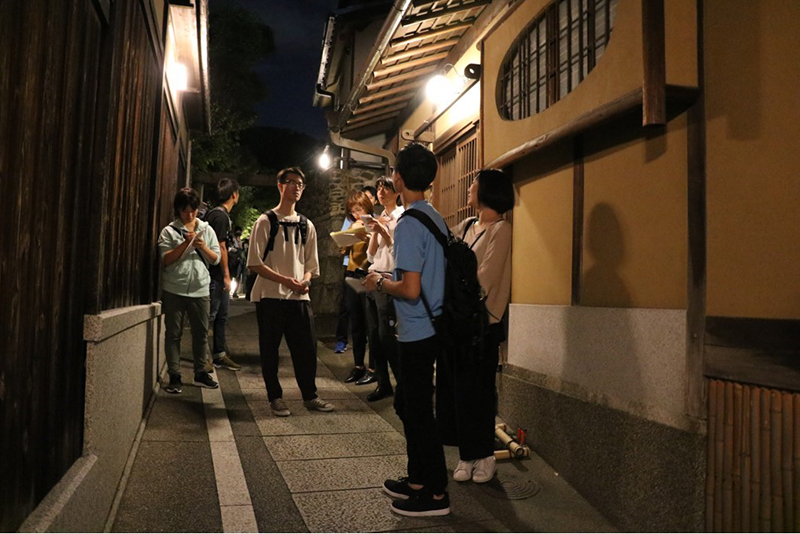 Exchanging opinions even on the side of the streets
Exchanging opinions even on the side of the streets
Group 4 strolled from Nene no Michi to Ninei Zaka, then to Kiyomizu Shrine, and from Ishibekouji to Kawaharachou.
■Nene no michi Surroundings
Before we explored Nene no michi, we slipped through a shopping arcade. The stores featured styled lanterns that we naturally stopped to look at. The lanterns played the role of advertisements you would normally see in other arcades, as billboards and store signs but as light sources as well. But when I looked up, there was a large incandescent lamp. We wondered whether this was a later addition or something that was there from before. Is it okay at this brightness? Should they even have this light in the first place? Causing some lively discussion.
At Nene no Michi, we kept looking behind our shoulders, saying ‘It’s dark but it still somehow establishes itself as street lighting’ multiple times. We reached a conclusion that perhaps this is because of Kyoto’s atmosphere that this is acceptable. You wouldn’t notice that there were only street lights on one side of the street without paying close attention. It was a fun exploration, where I noticed things I wouldn’t normally notice.
■Ninei Zaka
At Ninei Zaka, we talked about the relationship between roads and stores. Specifically our thoughts on how the stores lights mesh well with the town’s atmosphere without standing out. Some stores lit were lit with white lights, which is a great example of a store standing out, but wrecking the preexisting atmosphere of the town.
■Ishibekouji
At Ishibekouji, the way the wall fixtures were attached was fantastic. They were placed at a perfect angle in relation to the angle of the hill. As we say ‘It’s beautiful’ while heading down the street, an apartment’s lighting ripped the excitement from us. The orthodox placement of lights sort of just destroyed the scene that we were just enjoying.
Each town has their very own culture, tradition, and history that has been accumulating. We felt the emphasis on lighting the towns without destroying that traditional atmosphere on this exploration. But that also means you are able to do thing you cannot in other locations, like in Nene no Michi. It was a stroll where we could reaffirm the historical importance of Kyoto in our minds. (Amane Kotani)
Our Kyoto expedition was one that was filled with calming darkness. There were many places we thought were disappointing, but we were also able to feel the pride of Kyoto’s citizens in some locations, leading us to be excited for the future development of this city. (Noriko Higashi)





